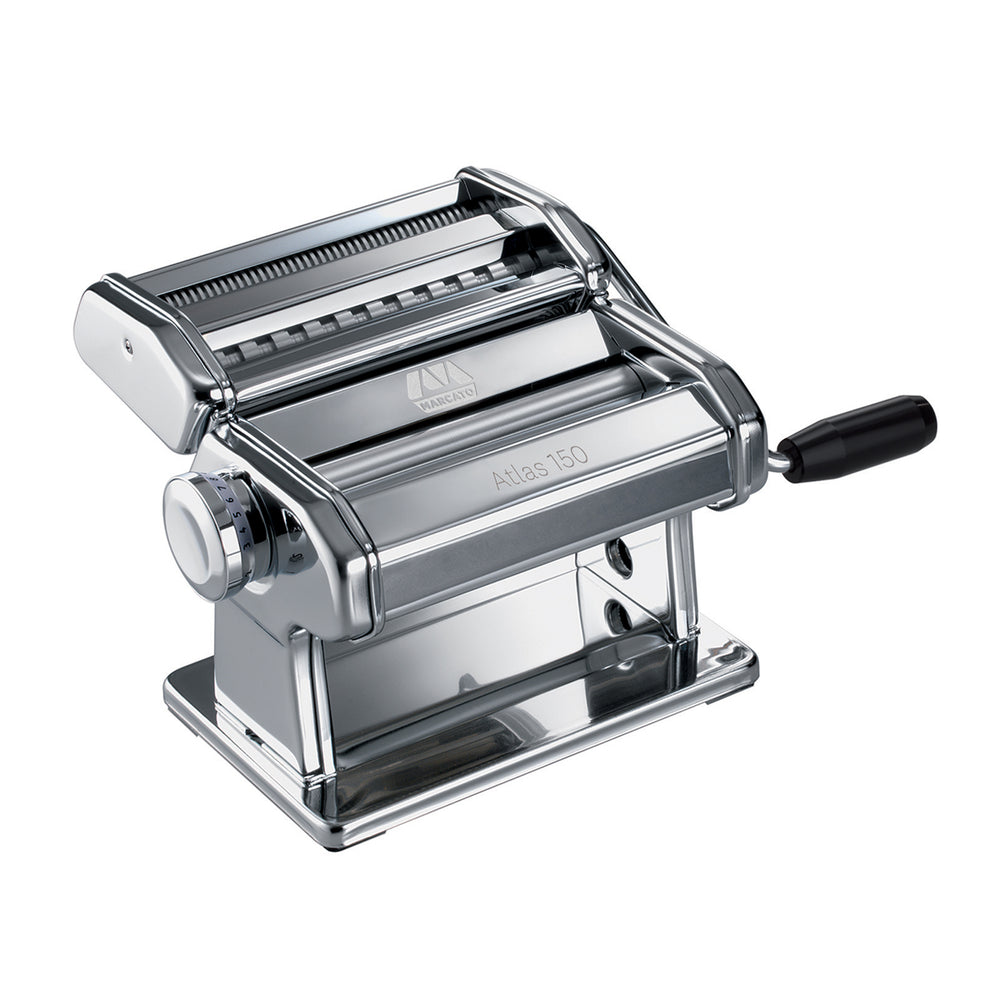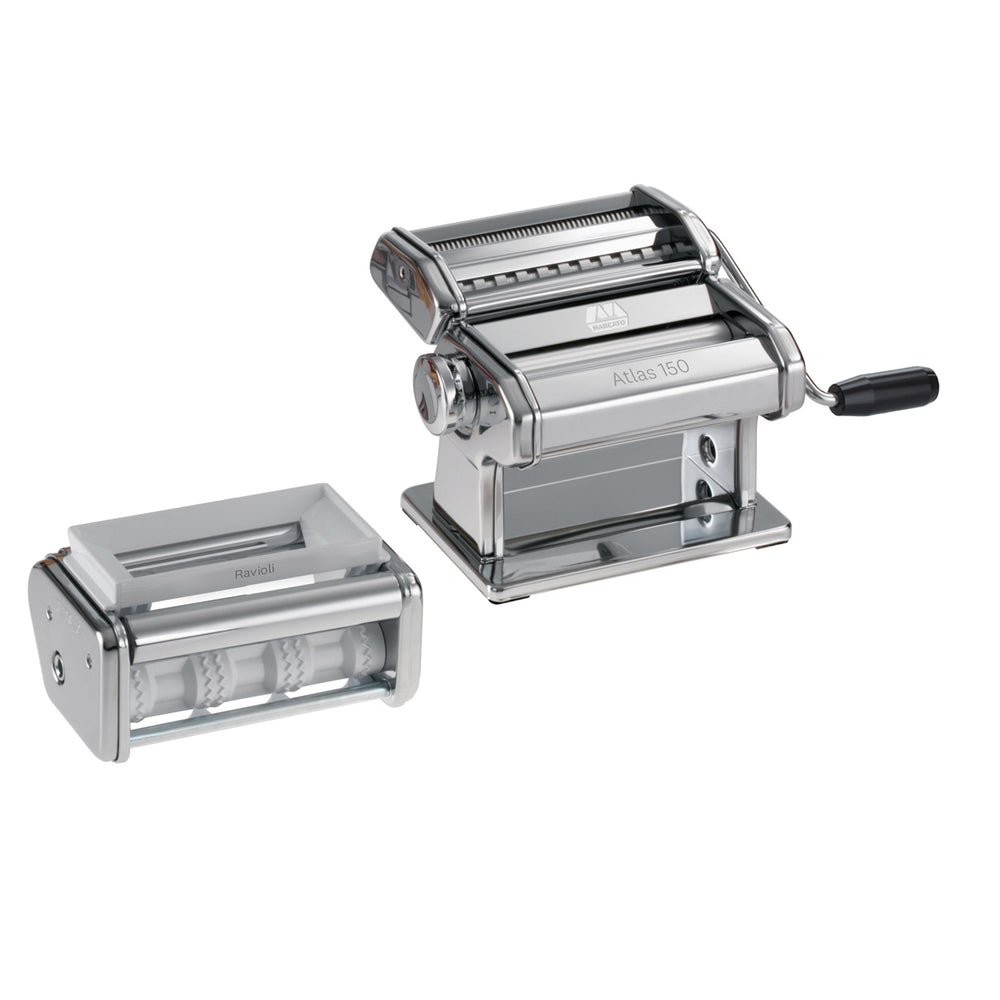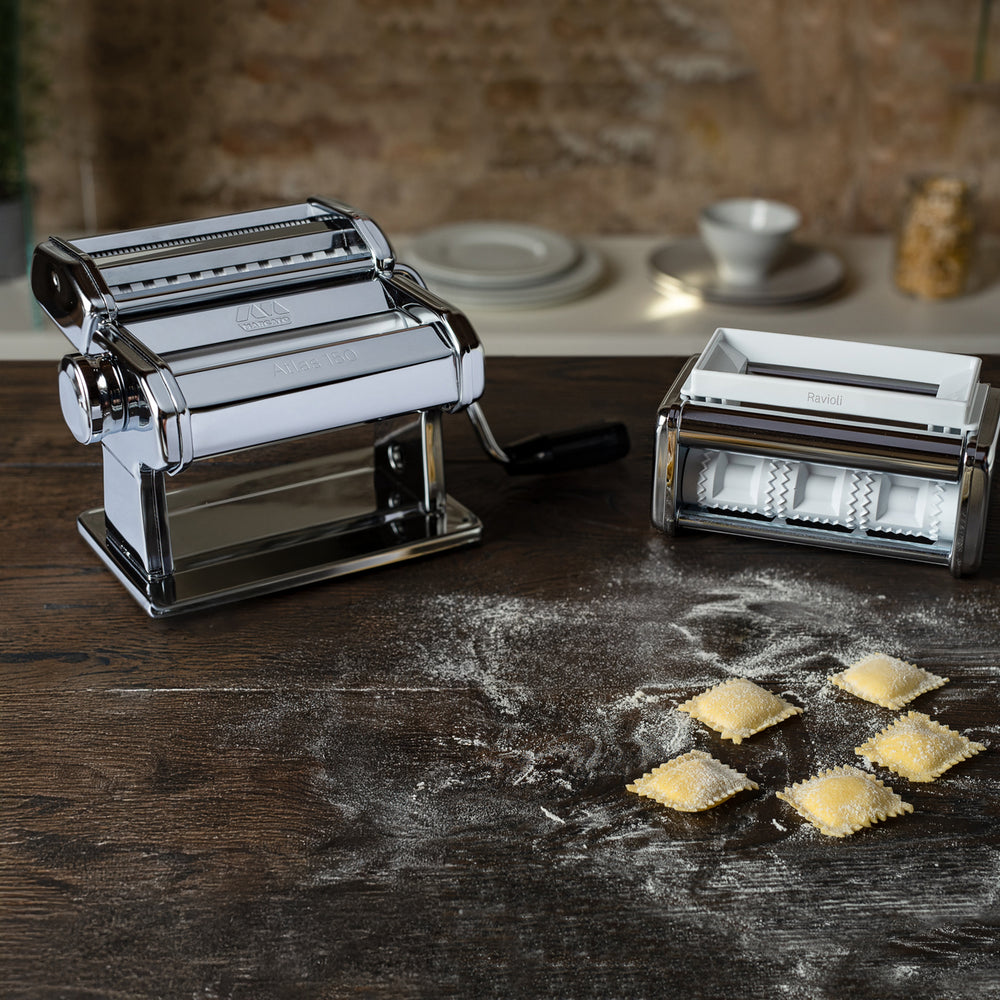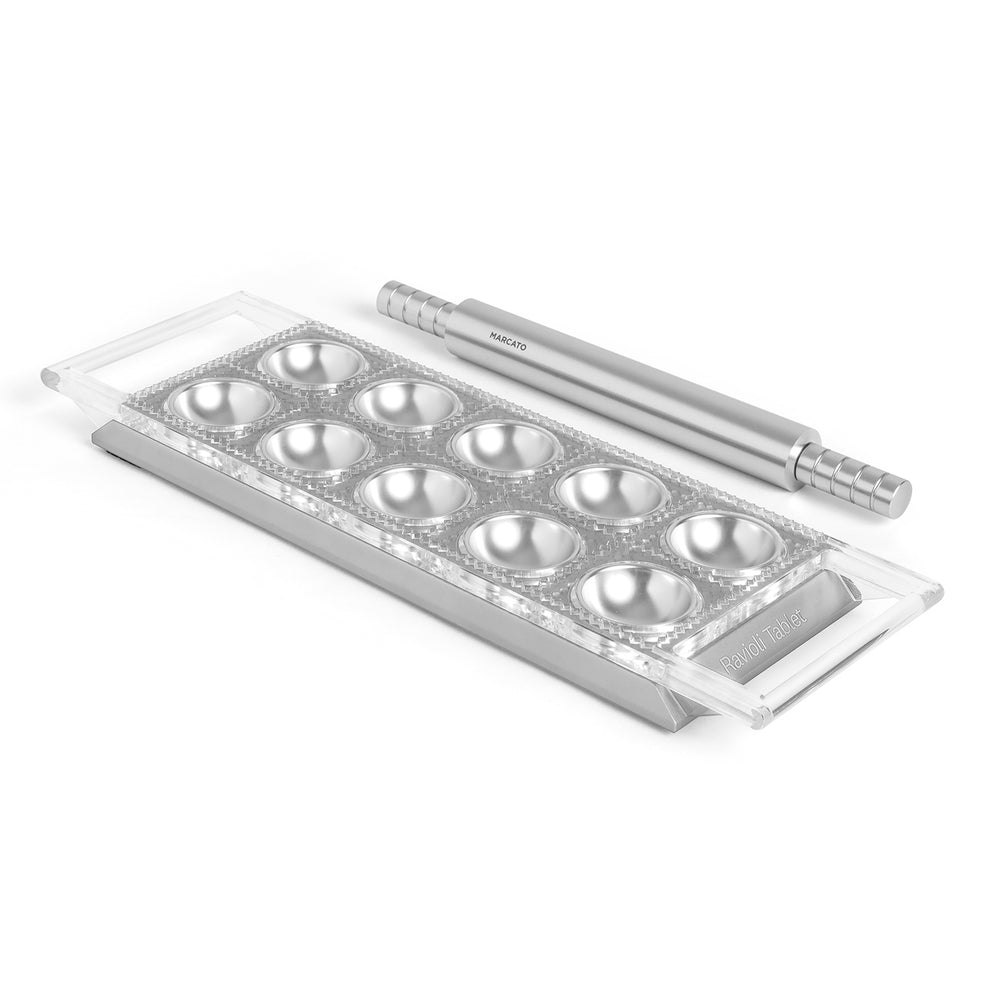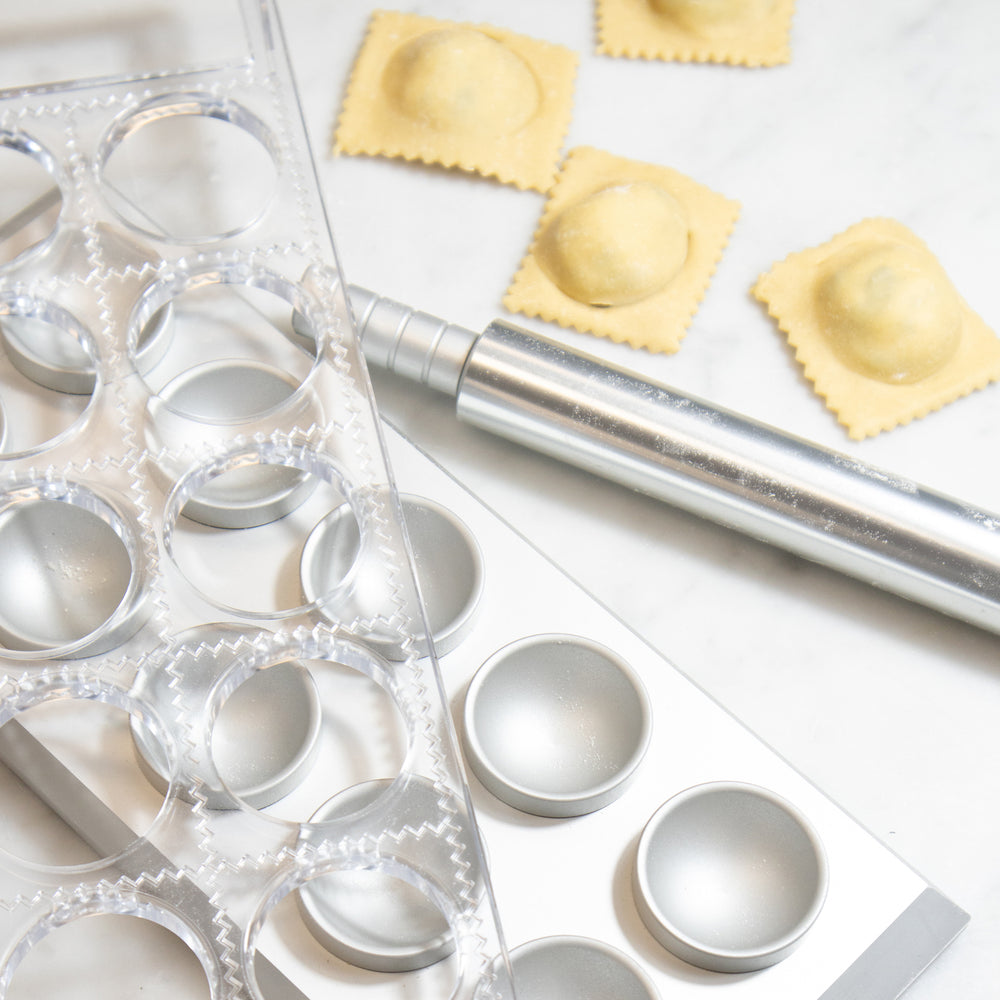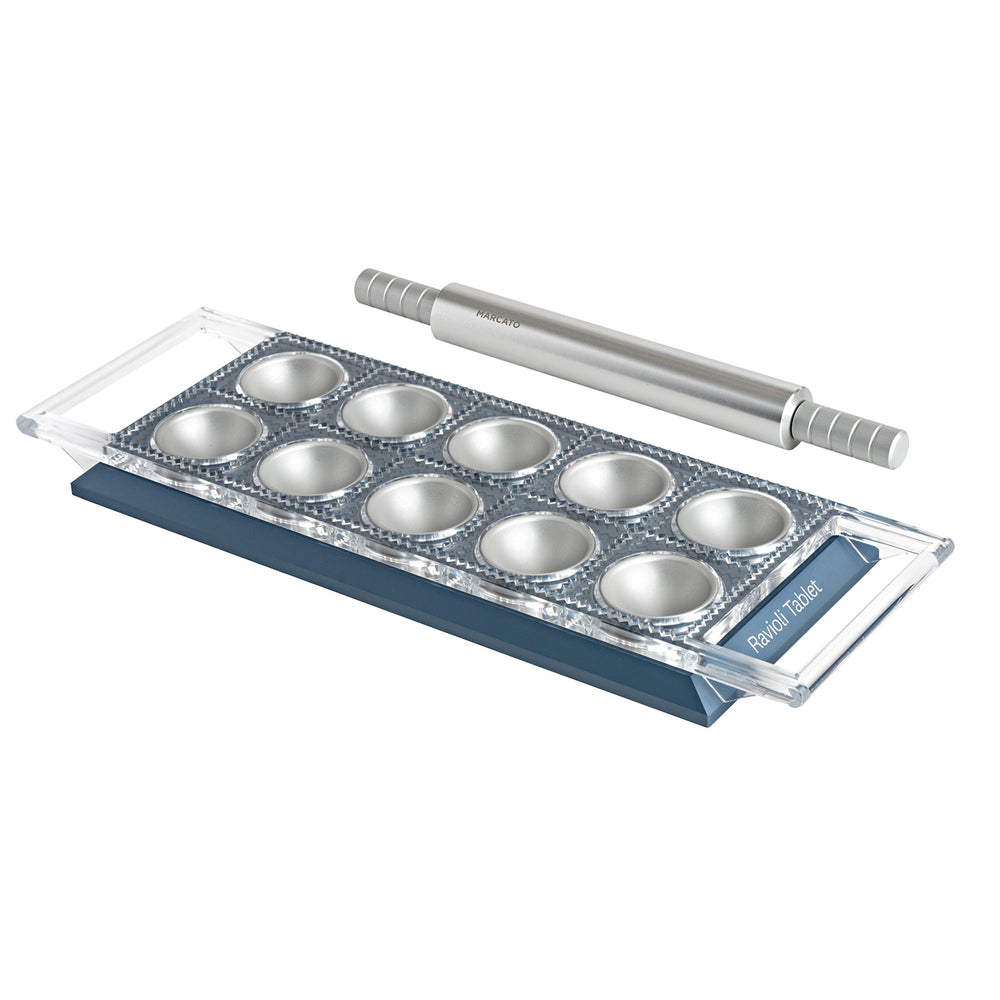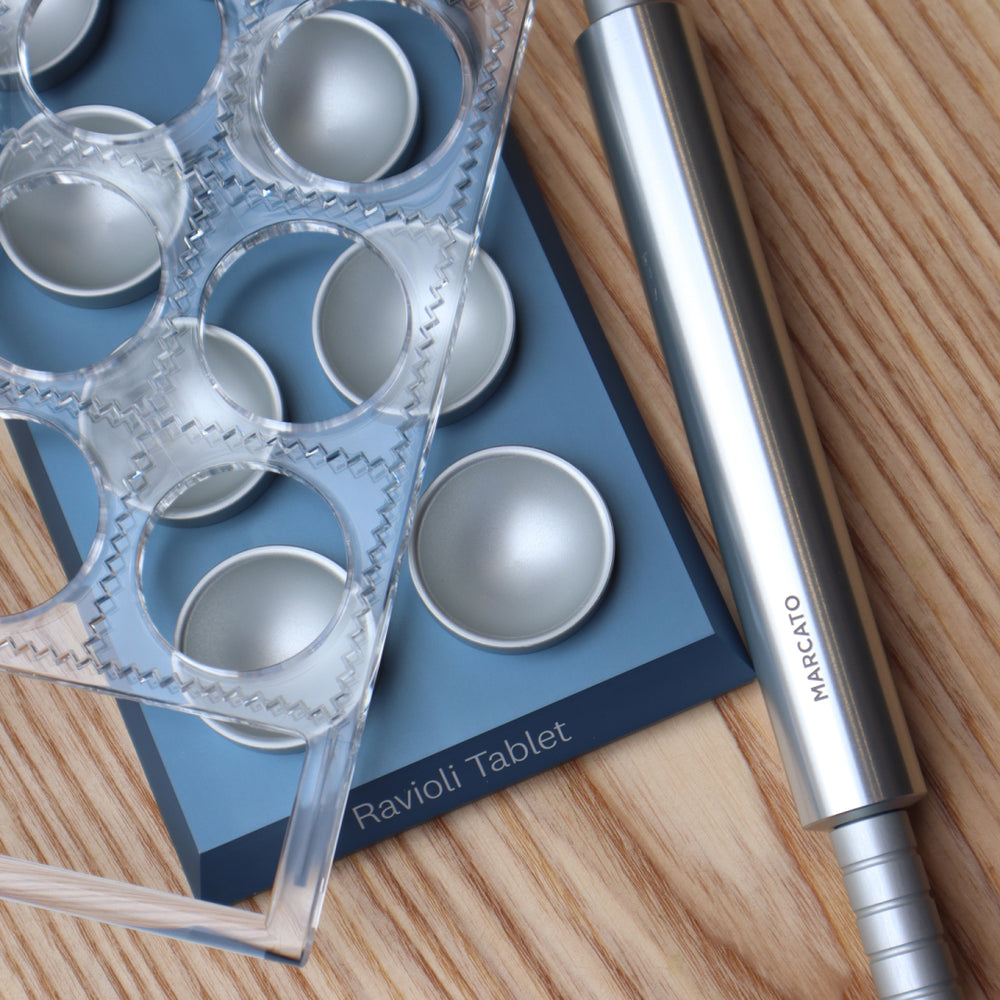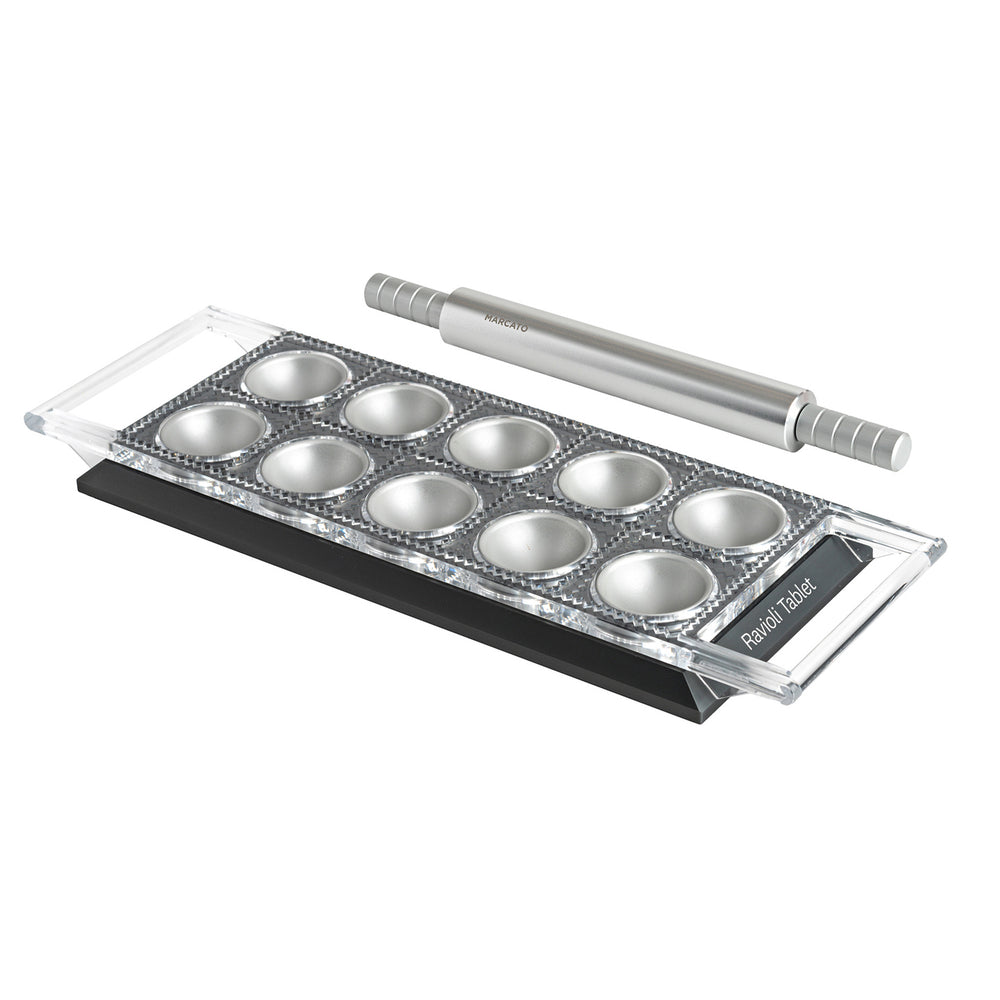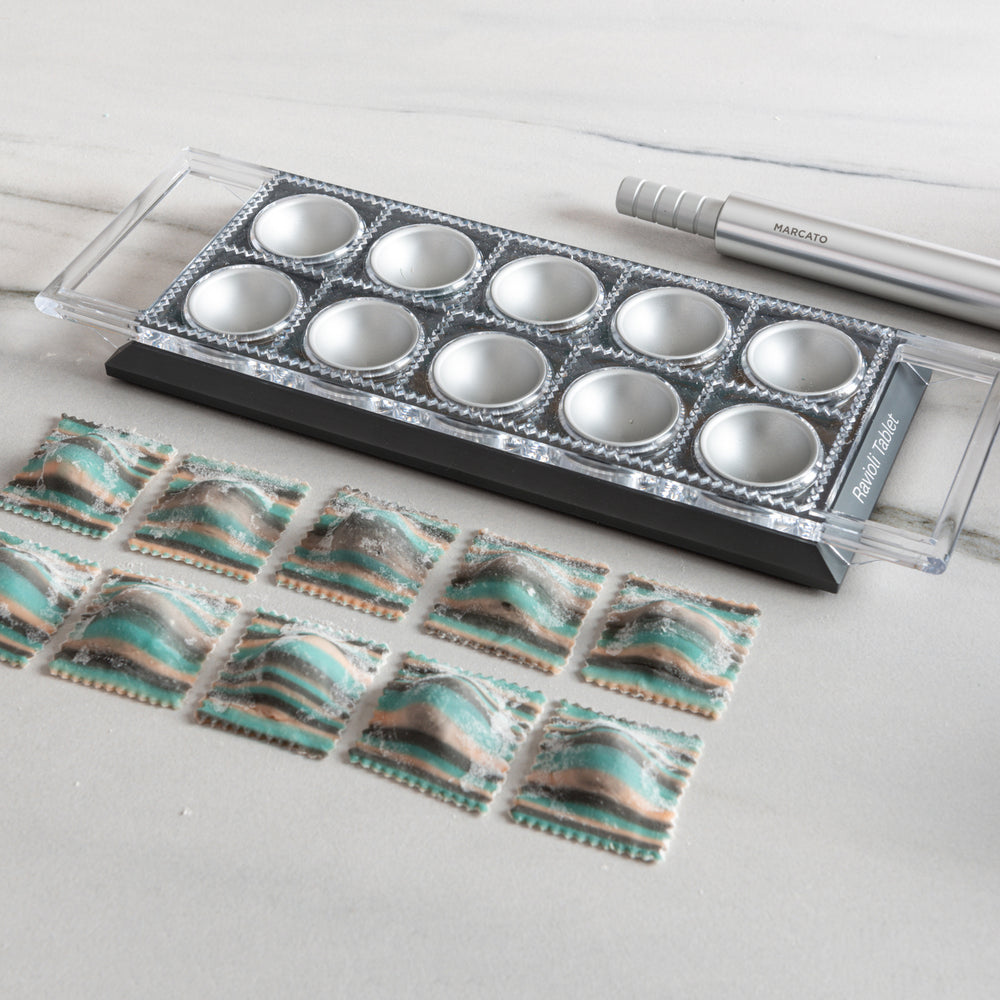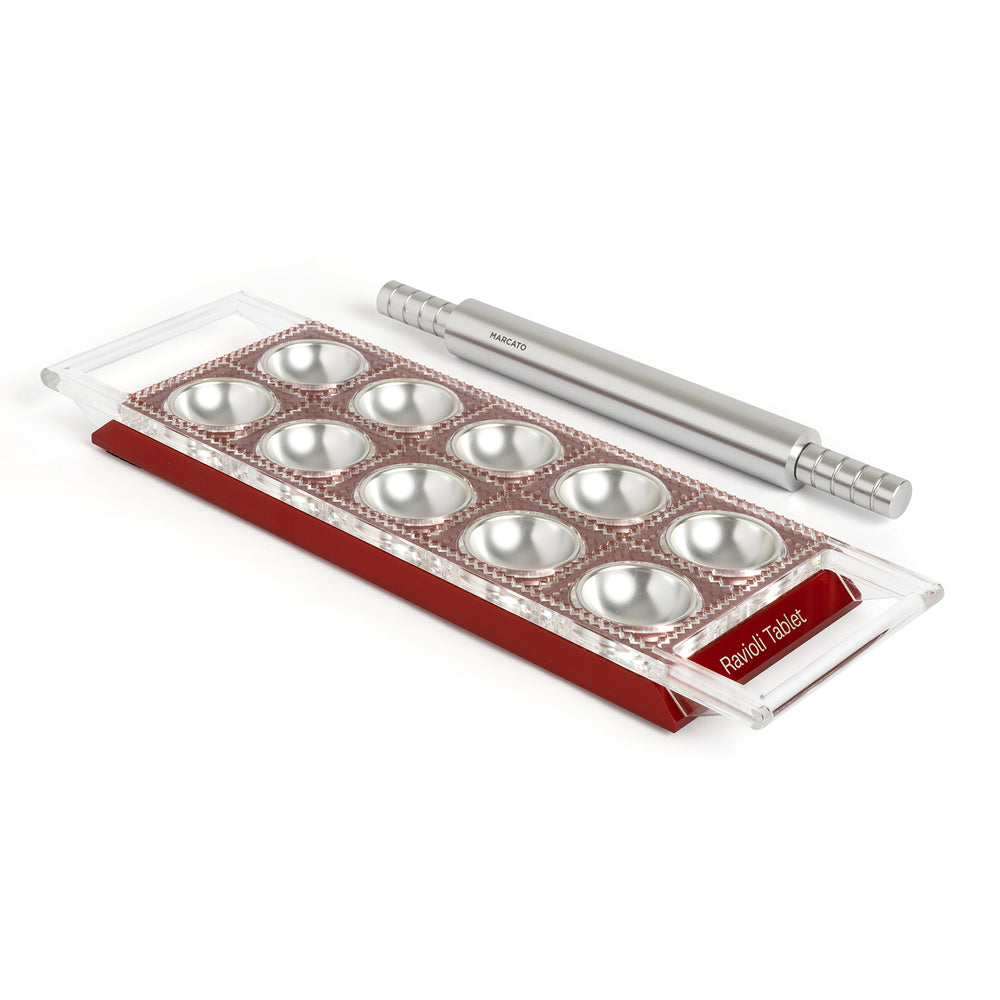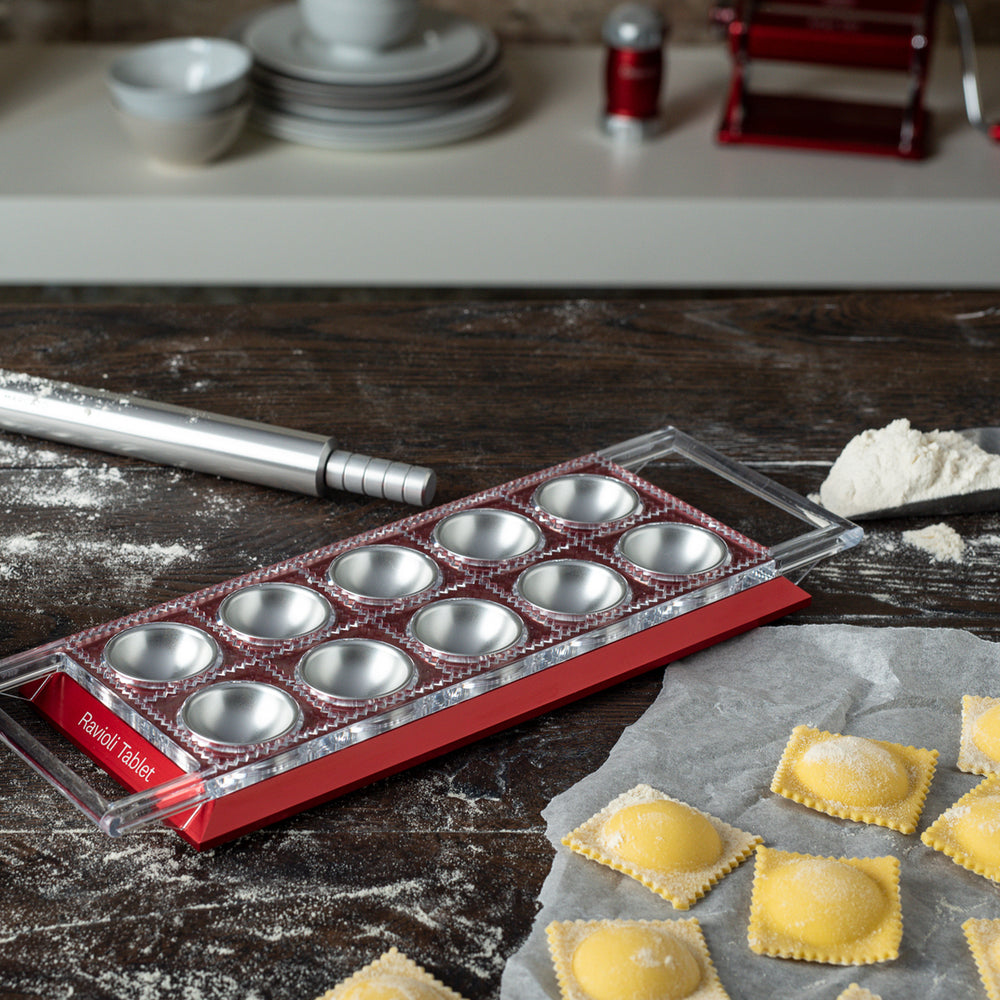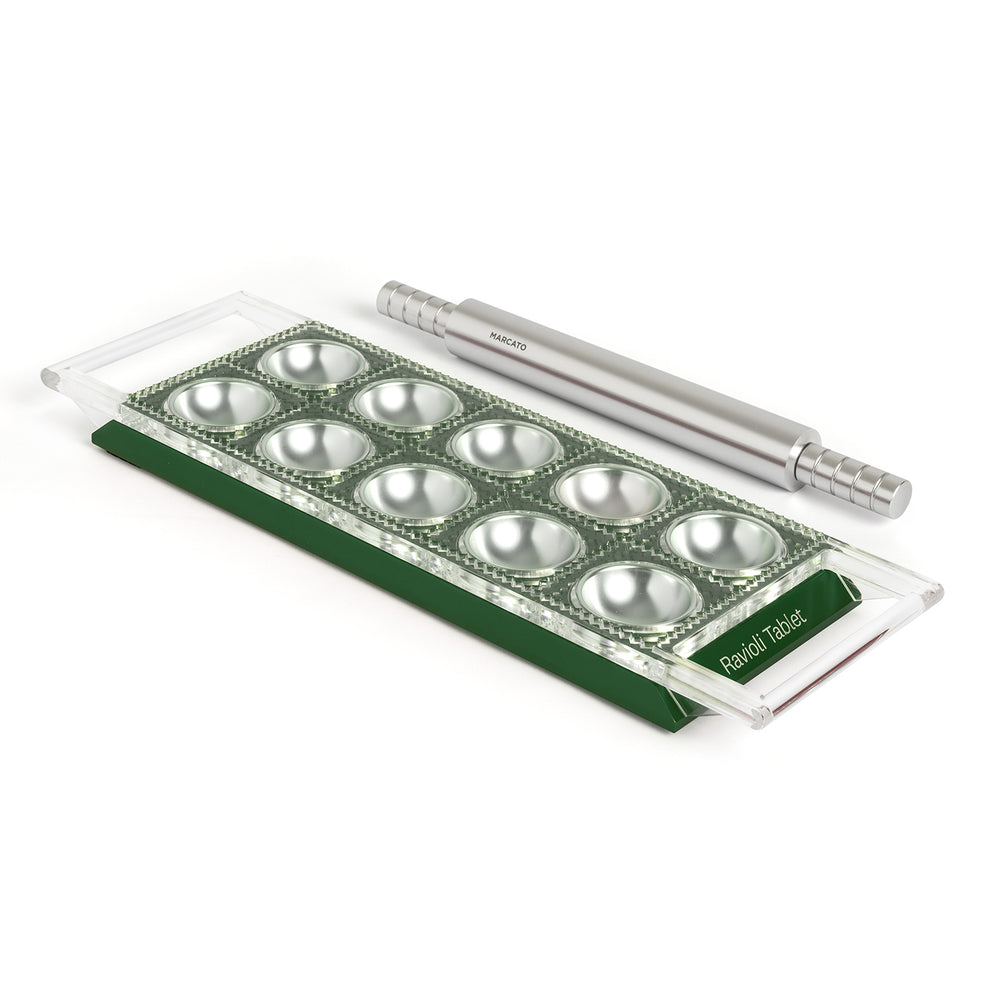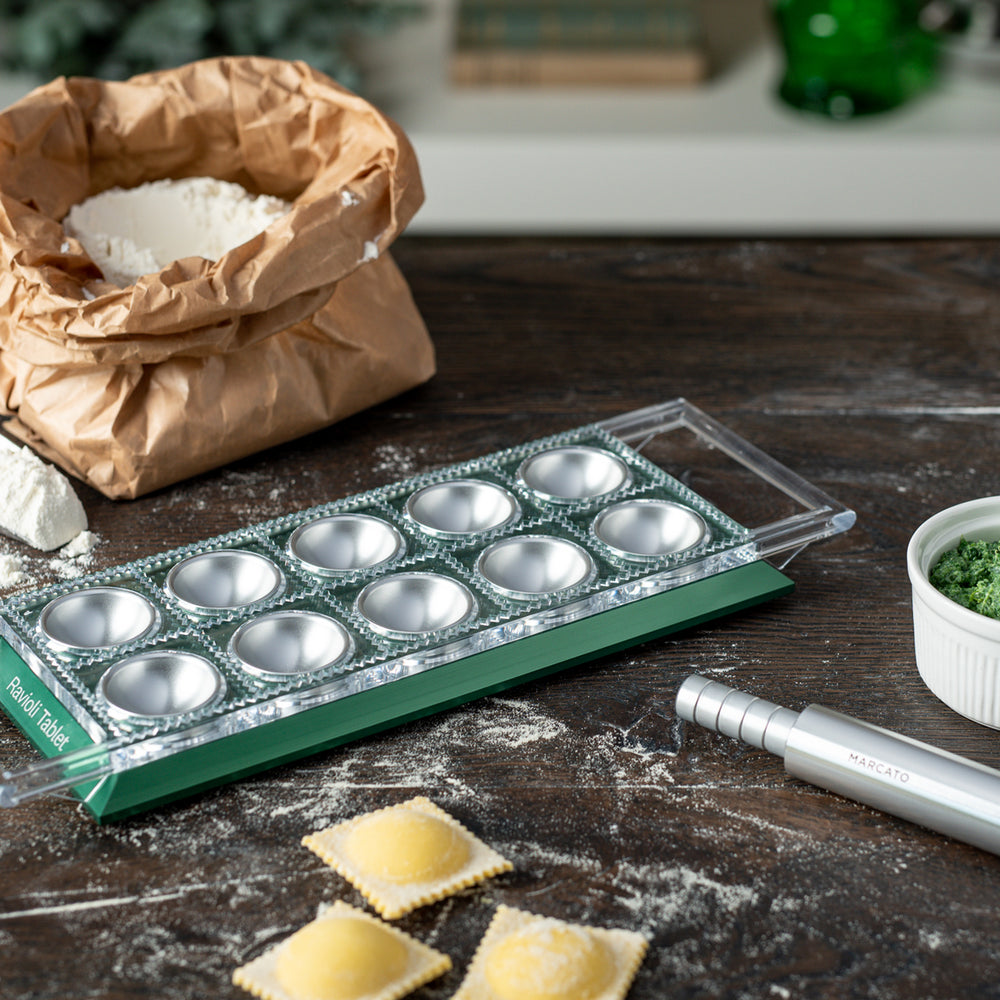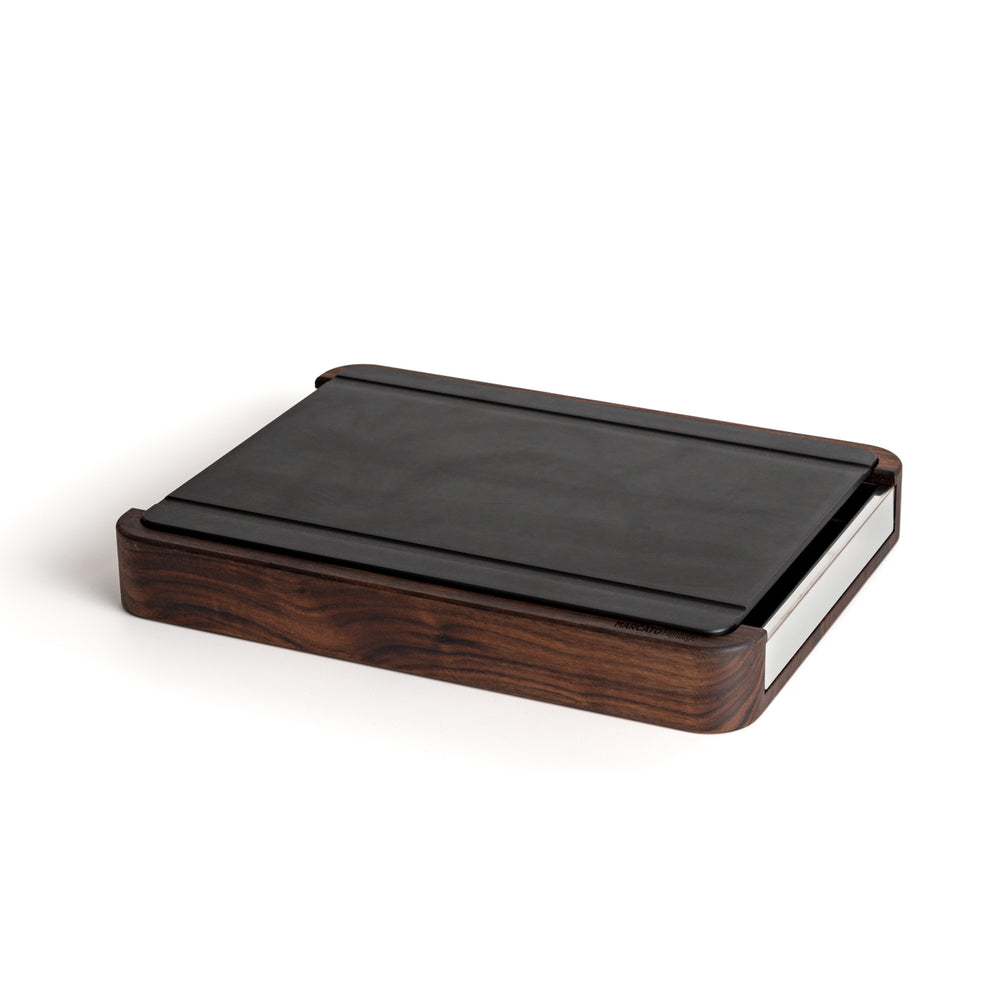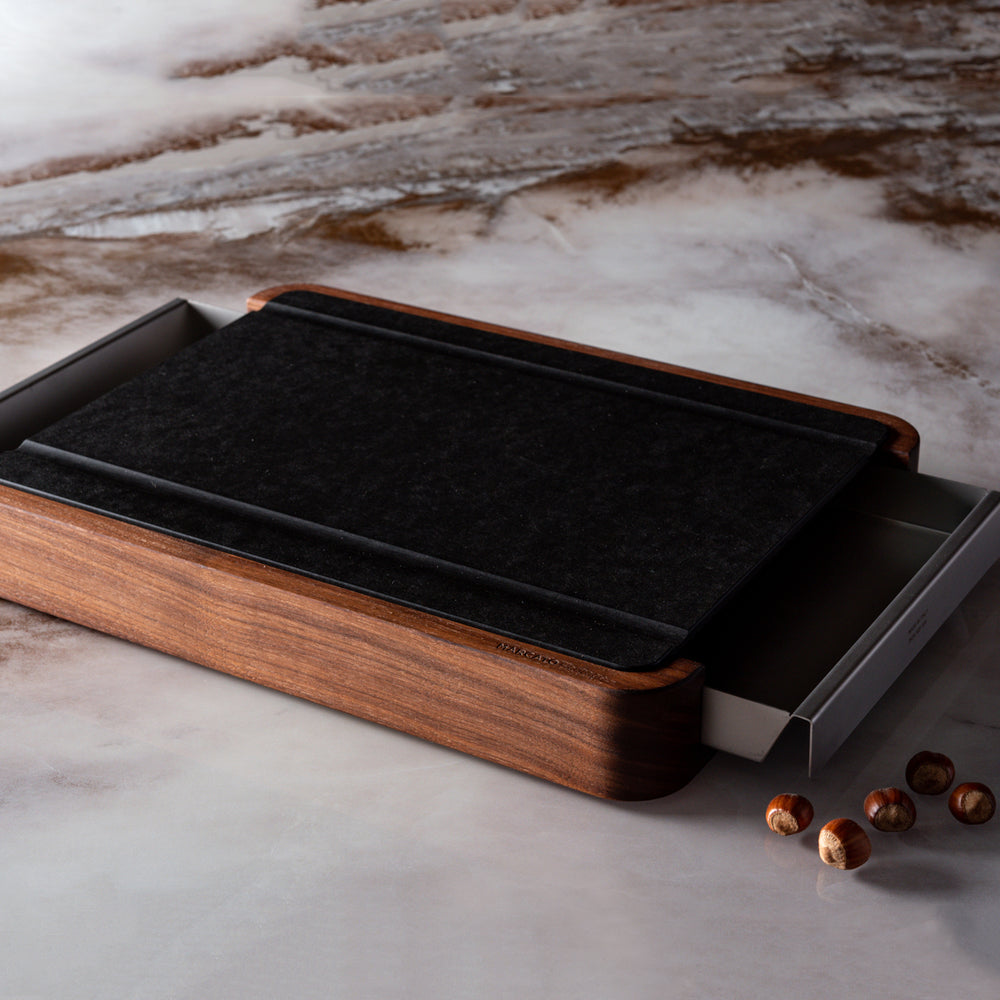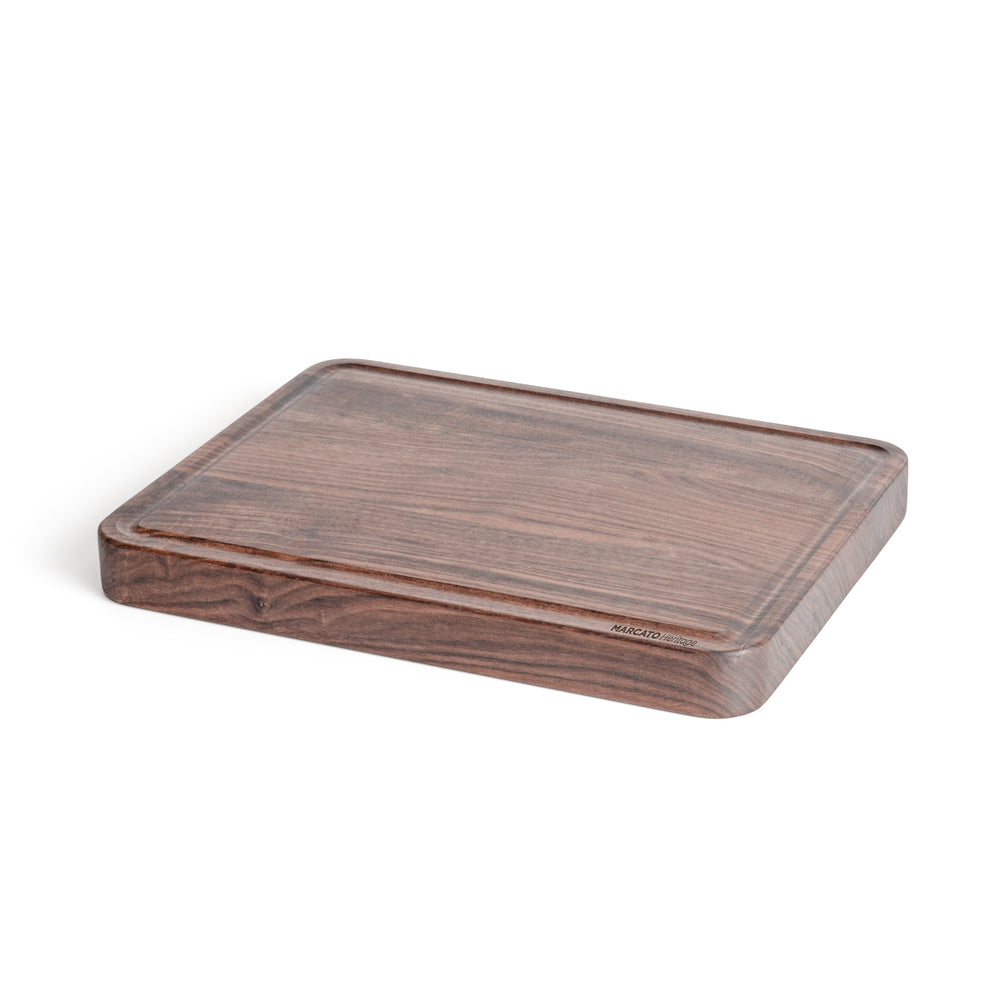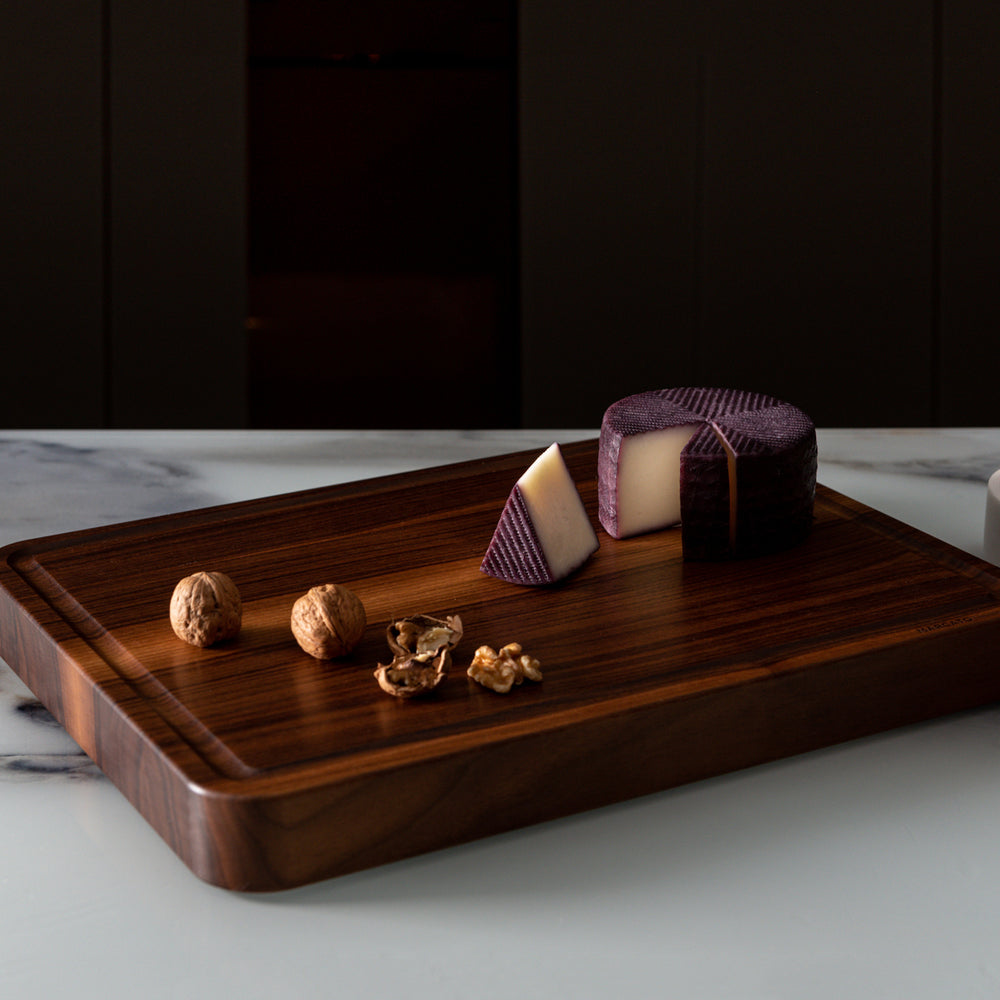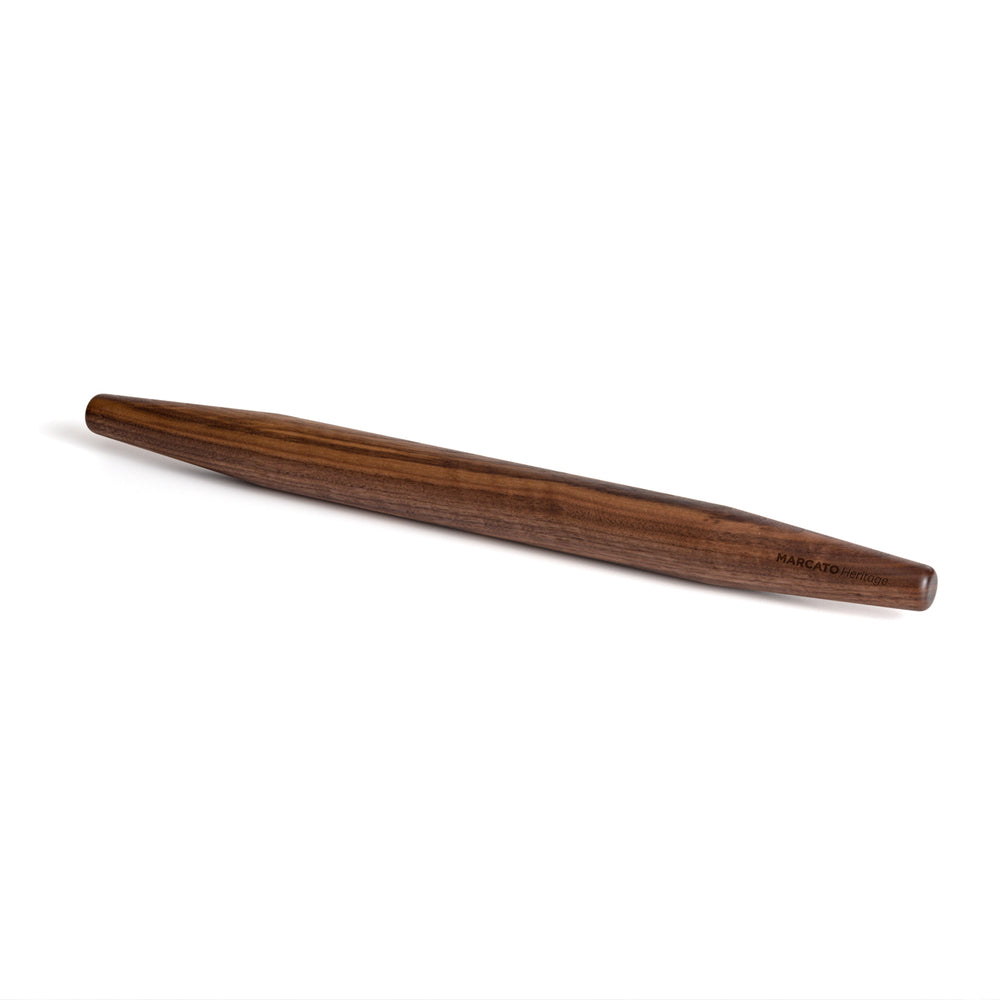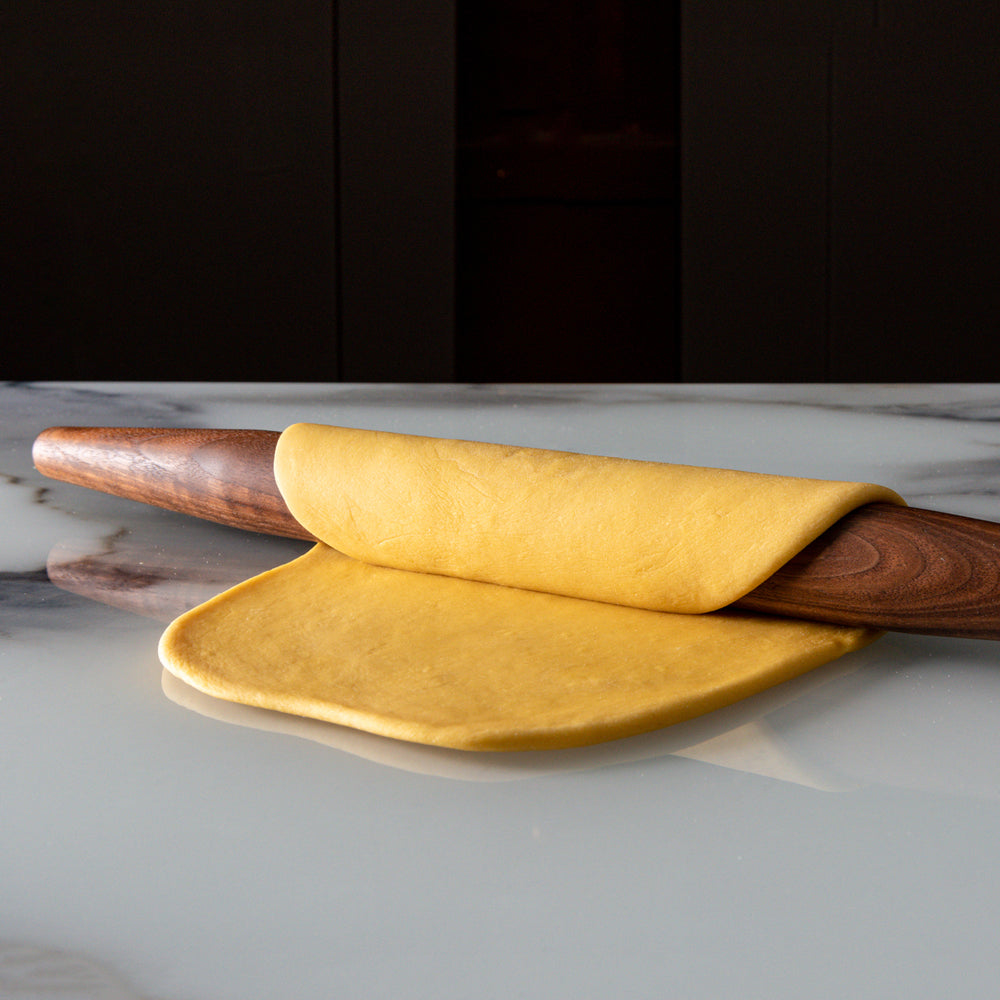Our Fresh Pasta Dough Recipe
Ingredients
200g '00' flour2 large eggs
Method
- Place flour in a mixing bowl and make a well in the centre; crack eggs into it. With a fork, whisk the eggs into the flour from the inside out, gradually incorporating until there’s no loose flour left. Now use your hands to knead the dough in the bowl until it forms a ball. If it feels too wet, add a bit of flour; too dry, add a bit of water. Transfer to a work surface and keep kneading until it is smooth and elastic. This may take up to 15 minutes; patience is key. When you press the dough with a finger and it bounces back, it’s ready. Wrap in cling film and rest for 30 minutes at room temp (up to three hours in the fridge).
- Take half the dough, flatten into a rectangle, and dust with flour. Keep the other half covered with clingfilm. Set the rollers of your pasta maker to the widest setting (0), dust with flour, and roll the pasta through. Fold 1/3 of one side of the sheet towards the middle, and do the same with the other 1/3, like an envelope. Roll this width-wise through the same setting (0) one more time, then repeat the envelope shape and roll through the 0 setting a final time. This strengthens and stretches the dough.
- Narrow the rollers by one notch and repeat, just one time for each number, until your desired thickness. For long pasta, we like the medium settings of 5 or 6 on Marcato pasta makers (the Atlas 150, Atlas 180, or Otello). For filled pasta, thinner is better: 7 or 8 on Marcato pasta makers. Place your rolled sheets on a chopping board, baking tray, or work surface dusted with flour or semolina, and dust the surface of the rolled pasta with more flour or semolina (this will prevent pasta the pasta from sticking together). Cover with a slightly damp tea towel or cling film to ensure the dough stays hydrated as you work prepare the rest of the dough.
- Repeat the two steps above for the remaining pasta dough. If making long pasta, use the cutter attachments to cut sheets of dough, and form them into nests and set aside until you are ready to cook. For filled pasta or other shapes, shape the pasta according to your recipe. (A ravioli press or ravioli tablet will ensure perfect proportions and even sizes, so every piece cooks at the same rate.)
BK Tips
- Practice, practice, practice. As you get more comfortable with making fresh pasta from scratch, you'll gain the confidence to experiment with egg yolks only, or infuse vegetables into the dough for coloured or pressed pasta.
- Want hands-on practice? We teach four different pasta classes at our cook school, from a beginner-friendly lesson to gluten-free dough. All of them will equip you with skills and techniques you’ll rely on at every stage of your pasta journey.

